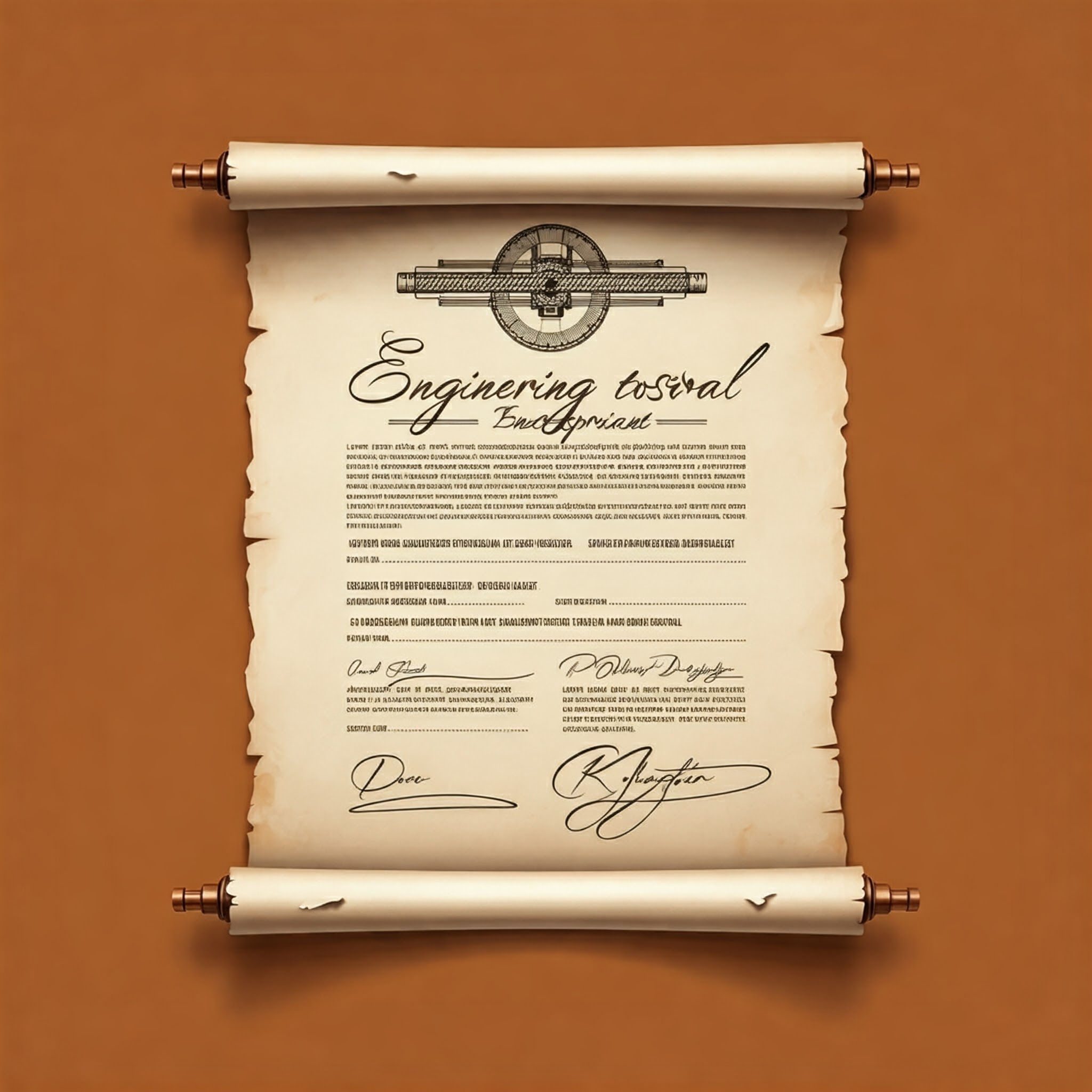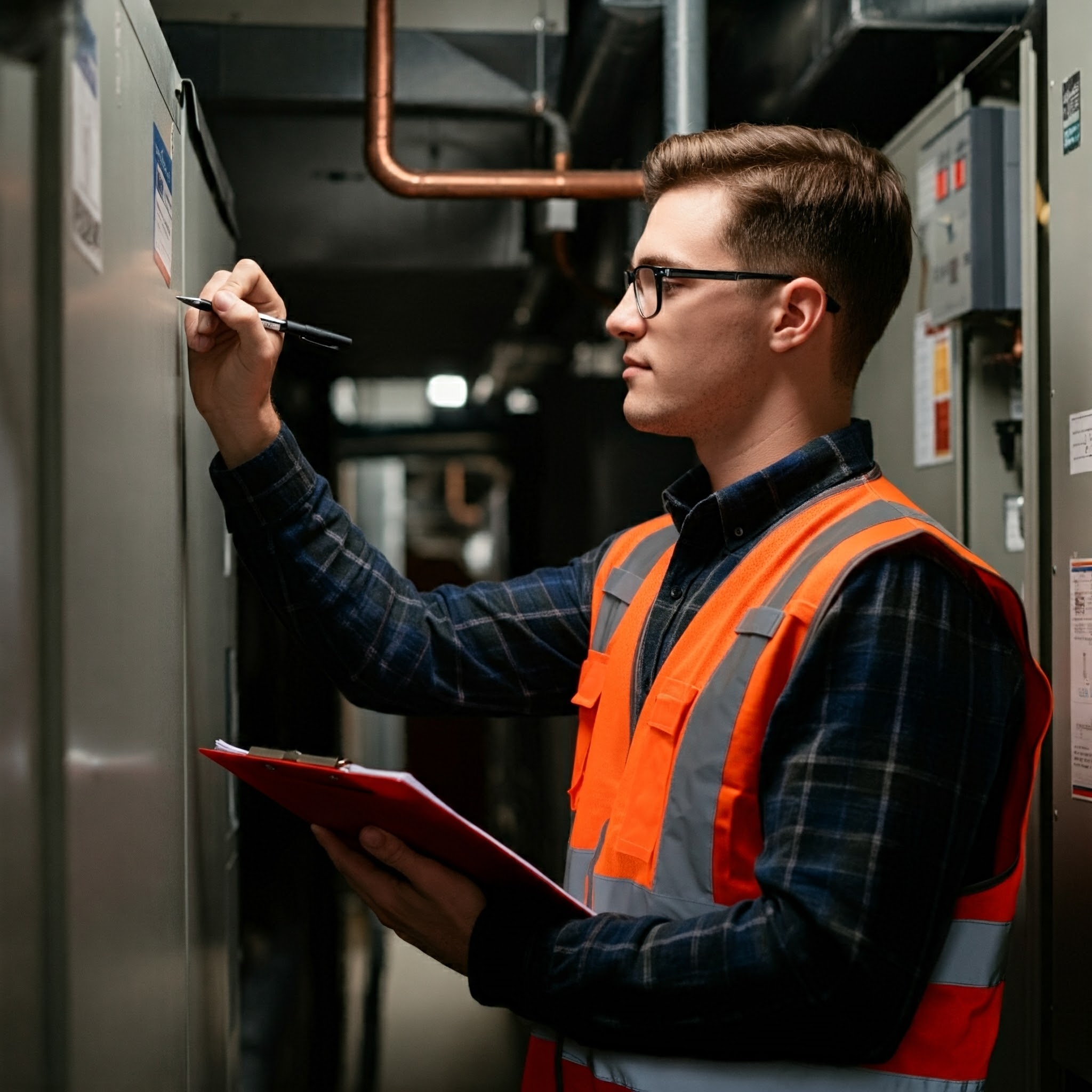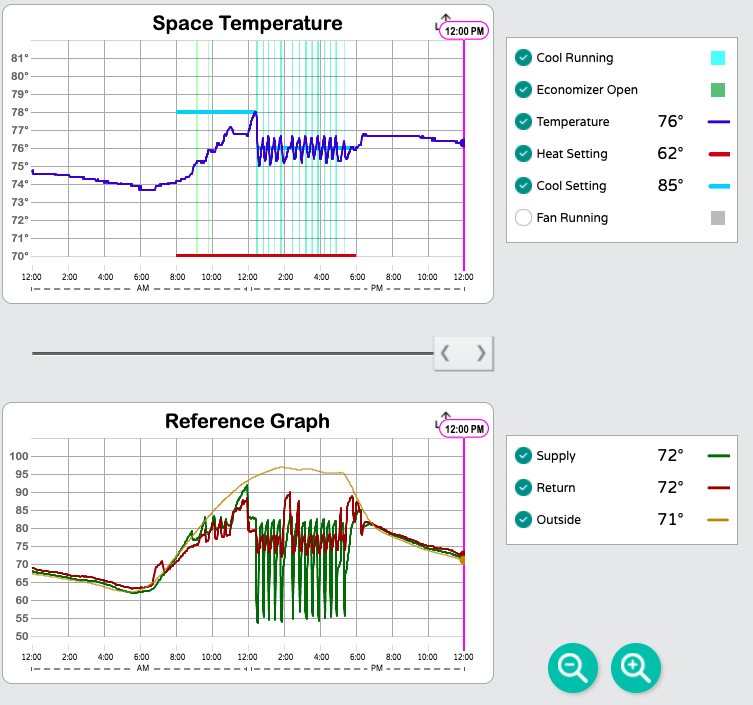
Re-Imagining Our Building Systems in Illinois
One of the greatest strengths of Illinois and Chicagoland is our infrastructure. We have a huge housing and building stock, lots of great roads and highways, and even a best in class rail system.
However, these were all built in the past 150 years – using a variety of ways to heat and cool the buildings. Upgrading lighting is easy – you take an old light and upgrade it to a new one. But heating and cooling is complicated – and the systems today are completely different technology than the ones that existed when most of our buildings were built.
When you want to redesign a system, find ways to reduce the energy usage of underperforming buildings, or even just make some small adjustment’s to the buildings control system, Verde can help.

When do I Need an Engineering firm to Redesign My System?
Replacing your current equipment like for like is fairly simple. There are new pieces of equipment that may be replaced and be more efficient – like a new air conditioner or a new furnace. These replacements typically do not need an engineer – since the design has already been done and you are just updating equipment.
However, when you a changing the design of the system – an engineer is important to help. For example – almost all new heat pump systems benefit from an engineer to rerun the heating and cooling calculations to make sure your system is sized appropriately. You can just make sure it is bigger than you need – but often you are spending far more on equipment than you need to, and you can actually save money by going through an engineering process.
Remember that new window project you did a few years ago? Or roof replacing? You may not think about it – but those small changes can really impact the amount of heating and cooling you need. A good engineer can take all this into account and really help your building be modernized and the right fit for the equipment selected.
Verde uses several great engineering firms, and there are different firms for each project type. We can help you select the right engineering firm, or even do the engineering and design in-house for smaller projects.

What is an ASHRAE Audit?
An ASHRAE audit, named after the American Society of Heating, Refrigerating, and Air-Conditioning Engineers, is a comprehensive evaluation of a building’s energy consumption and efficiency. It’s a systematic inspection and analysis of a building’s heating, ventilation, air conditioning (HVAC), and other energy-consuming systems. The primary goal of an ASHRAE audit is to identify opportunities to improve energy performance, reduce energy waste, and lower operating costs.
ASHRAE audits are typically conducted by certified energy auditors or professionals with expertise in building systems and energy efficiency. These audits are often performed in commercial buildings, industrial facilities, and institutional settings, but they can also be applied to residential buildings.
The ASHRAE audit process involves several key steps:
-
Preliminary Assessment: The auditor gathers initial information about the building, including its size, occupancy, operating hours, and historical energy consumption data, often through analysis of utility bills.
-
Walk-through Inspection: The auditor conducts a thorough on-site inspection of the building, examining HVAC equipment, lighting systems, building envelope, and other energy-consuming components.
-
Data Collection and Analysis: The auditor collects detailed data on energy usage, equipment performance, and building characteristics. This data is then analyzed to identify areas of inefficiency and potential for improvement.
-
Recommendations and Reporting: Based on the data analysis, the auditor develops a comprehensive report that outlines specific recommendations for energy-saving measures. These recommendations may include equipment upgrades, operational changes, or building envelope improvements.
ASHRAE audits are categorized into three levels, each with increasing depth and complexity:
-
Level 1: Walk-through Analysis: This is a preliminary audit that focuses on identifying readily apparent energy-saving opportunities. It involves a visual inspection of the building and a review of energy bills.
-
Level 2: Energy Survey and Analysis: This audit provides a more detailed assessment of energy consumption, including data analysis and energy modeling. It identifies a wider range of energy conservation measures (ECMs) and provides cost-benefit estimates.
-
Level 3: Detailed Analysis of Capital-Intensive Modifications: This is the most comprehensive audit level, involving detailed analysis of major energy-consuming systems. It often includes computer simulations and in-depth engineering analysis to evaluate the feasibility and cost-effectiveness of significant energy-saving projects.
The benefits of conducting an ASHRAE audit are numerous. It can help building owners and managers reduce energy costs, improve occupant comfort, enhance sustainability, increase building value, and meet regulatory requirements.
In conclusion, ASHRAE audits are a valuable tool for evaluating and improving the energy performance of buildings. They provide a systematic approach to identify energy-saving opportunities, reduce operating costs, and enhance sustainability. By investing in an ASHRAE audit, building owners and managers can reap significant financial and environmental benefits.

What is Retro-commissioning (RCx)?
Retro-commissioning (RCx) is a process of inspecting, testing, and adjusting existing building systems to improve their performance. It is a systematic approach to identifying and addressing inefficiencies in building operations, and can result in significant energy savings, reduced operating costs, and improved indoor air quality.
RCx is typically applied to large buildings, such as office buildings, hospitals, and schools. However, it can also be used in smaller buildings, and is becoming increasingly common as owners and operators look for ways to reduce their energy consumption and operating costs.
The RCx process typically involves the following steps:
Building assessment: The first step is to conduct a comprehensive assessment of the building’s systems and equipment. This includes gathering data on energy use, water use, and indoor air quality. The assessment will also identify any potential problems with the building’s systems, such as malfunctioning equipment or inefficient controls.
System testing: Once the building has been assessed, the next step is to test the individual systems to determine their performance. This testing may include measuring the airflow, temperature, and pressure of the HVAC system, or the water flow and pressure of the plumbing system.
System adjustment: Once the systems have been tested, they can be adjusted to improve their performance. This may involve adjusting the settings on the controls, or replacing malfunctioning equipment.
Documentation: The final step is to document the results of the RCx process. This documentation will help the building owner or operator to track the progress of the RCx program and to identify any areas that need further attention.

Large Private and Public Building Opportunities
RCx can be a complex and time-consuming process, but it can be a very effective way to improve the performance of a public or private building. The benefits of RCx include:
Energy savings: RCx can lead to significant energy savings, which can save the building owner or operator money on their utility bills.
Reduced operating costs: RCx can also lead to reduced operating costs, such as the cost of maintenance and repairs.
Improved indoor air quality: RCx can improve indoor air quality by addressing problems such as malfunctioning ventilation systems or poor air filtration.
Increased occupant comfort: RCx can also improve occupant comfort by ensuring that the building’s systems are operating efficiently and that the indoor environment is comfortable.
If you are the owner or operator of a large building, RCx is a valuable tool that can help you to improve the performance of your building and save money on your operating costs.
In addition to the benefits listed above, RCx can also help to improve the value of your building. A well-commissioned building is more likely to be attractive to tenants and buyers, and it can command a higher price in the marketplace.
If you are considering RCx for your building, there are a few things you should keep in mind. First, it is important to choose a qualified RCx firm. There are many RCx firms in the marketplace, so it is important to do your research and choose a firm that has experience and expertise in RCx for large buildings.
Second, you should be prepared to invest some time and money in the RCx process. RCx can be a complex and time-consuming process, but the benefits can be significant.
Finally, you should be patient. The RCx process can take several months to complete, so it is important to be patient and to work with the RCx firm to ensure that the process is completed successfully.
If you are looking for ways to improve the performance of your large building, RCx is a valuable tool that can help you to save money, improve occupant comfort, and increase the value of your building.
Engineering Services
Verde offers 3 types of engineering services to our valued customers. Building Heating Re-Design and Engineering, ASHRAE Audits, and Retro-commissioning. Ask us if rebates or incentives can help offset some of the cost to you on your energy saving journey.
How it all works

Call in the pros.
Give us a call, and we’ll come take a look around – no fees, no commitments. Within a week or so, we’ll give you a custom, detailed report of where you can decrease your energy costs and how much you can expect to save.
01

Let’s do this.
Our Energy Efficiency Professionals do the necessary swaps, tweaks, and in some cases, complete overhauls to bring your costs way down and your savings way up. We know how to save you money – and we know what it takes to make the most of all of those energy rebate programs. In fact, we guarantee that no one can find more rebates off your project than Verde.
02

We’ve got your back.
If a bulb burns out or an issue occurs, call us. We’ll make it right.
03

Rejoice.
The bean counters on your team will be jumping for joy from the unexpected savings and your team’s Earth lovers will be singing your praises in no time. That’s because Verde’s solutions are just as good for your bottom line as they are for the Earth.



